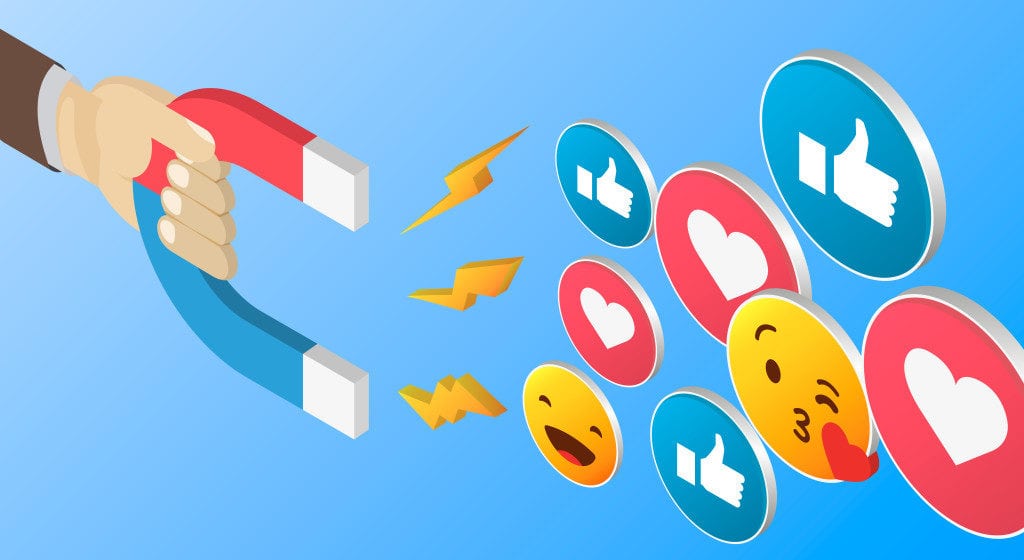How Logitech Uses Micro-Influencers to Promote Its Products
By: Jim Alkon
June 26, 2018
It took marketers and PR professionals a while to figure out that consumers are more apt to trust the word of a peer or a personality they gravitate toward rather than a carefully designed pitch or ad from the brand itself. As a result, influencer marketing has become a key part of many communication strategies. But there’s a lot to consider to achieve the desired result.

Krista Todd, VP, Global Communications, Logitech
As VP of global communications at Logitech, Krista Todd is no stranger to influencer marketing—it is among her core responsibilities. We asked Todd about her approach to influencer strategy.
How do you identify the right influencers for your audience?
It starts with knowing your audience and understanding your brand. Your next step is to search for influencers who already speak directly with that target audience. They already hold a tight relationship with them. Then it is time to listen, participate in their community and engage with their content to ensure compatibility. Don’t underestimate the importance of taking time to participate in their community first.
Big-time celebrities, micro-influencers, peers and colleagues—how do you decide what type of influencer is the right fit for your brand?
First, you need to understand your objectives. If you are looking for mass audiences and huge reach, you may want to use a celebrity or macro-influencers. If you want sustained enthusiasm to a core audience, you may want to leverage micro-influencers, who likely have highly engaged and niche audiences. And always consider using your employees as advocates for the brand in an always-on approach. They intimately know the company and can be your megaphone influencer.
Have recent FTC regulations changed the effectiveness of the concept?
The FTC helps guide disclosures, and that is a great thing. We need to be transparent with our consumers, and so do our influencers. What drives consumers to engage with content is not whether a post is sponsored or organic but instead whether it tells a meaningful story that resonates with them. If you focus on quality content and great storytelling then #ad or #sponsored shouldn’t impact the effectiveness.
Once you have identified the right influencer, how delicate a process is it to determine what they should say?
If you are doing influencer relations properly you provide guidance, but you let the creator do just that: create the content. You absolutely brief them in advance on what the brand stands for, explain to them what you love about their current content and how you see it fitting in with programs and objectives. This should provide them enough of a starting point so when you see their produced content there isn’t much editing needed.
Remember, it needs to come from them (not you), so it is critical they stay true to their creative direction. You’ll also see better, more positive engagement if you do.
Describe the process of managing and coaching influencers to be the most effective for your brand.
You’ll be successful if you make it a relationship, not a transaction. We’re both looking to have a mutually beneficial relationship, so being upfront around expectations, communication and success factors is key.
If you help the influencer understand the qualities that drew you to them and the content they have created that aligns with your brand, you are setting them up for success. Being open to their ideas and feedback along the way will also foster a two-way relationship that benefits both the influencer and the brand.
How do you track the effectiveness of an influencer marketing campaign?
There are many ways to track. There are dozens of different metrics available to look at from reach to engagement to conversions, but the most important metric is the one that aligns with your objective. And the learning you receive after the influencer campaign is more valuable than anything else because that should guide your influencer work moving forward.
We often spend more time planning and putting together a strategy and not enough time dissecting the results and identifying the learnings. That is where the gold can be found.


